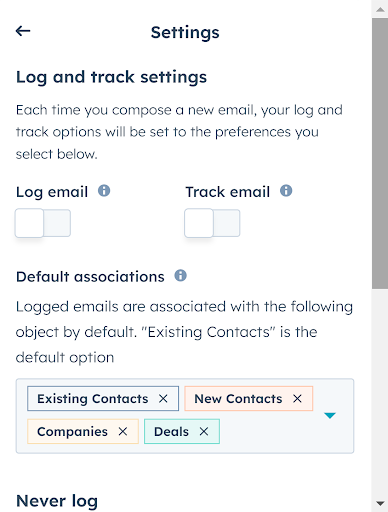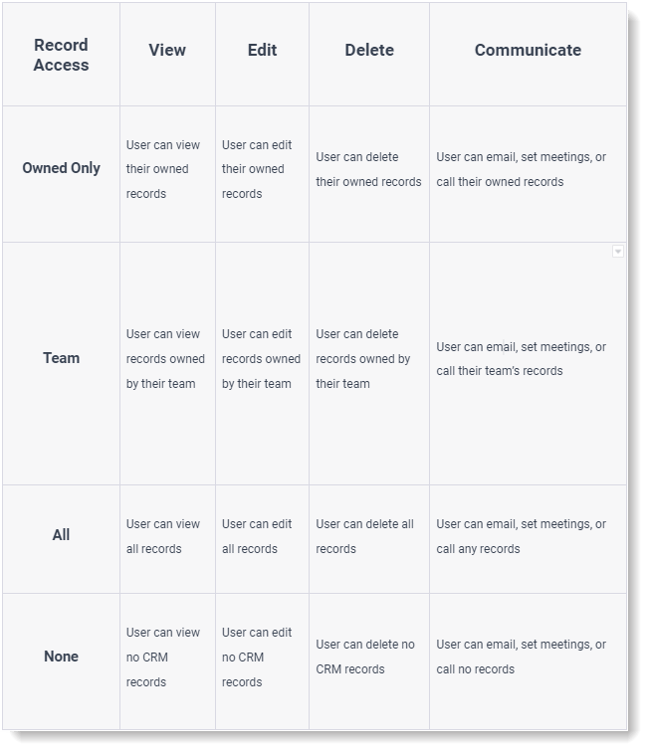3 min read
Protecting Executive Emails: A Guide to Privacy in HubSpot
![]() Orange Marketing
:
June 27, 2023
Orange Marketing
:
June 27, 2023

Startup executives setting up their HubSpot CRM have a common concern: how can they stop personal or sensitive emails from being logged in HubSpot? The query stems from their dual roles; they are working IN the business – striking deals, reaching out to potential clients – and working ON the business. This includes handling legal matters, hiring or firing staff, managing compensation issues, and raising money from confidential investors.
So, their question boils down to: "How can they keep their private emails away from their employees' eyes?
Unfortunately, the answer isn't as straightforward.
The complexity arises from the array of features in HubSpot designed to streamline the tasks of sales reps and managers. Ironically, these features complicate the selective conversation process for executives. For example, consider the following elements:
- Auto-log emails: on, off, or manual
- Permissions by user or team: only what they can see, not what they can't
- Manual deletion of activity
- Automatic contact and company creation
In these scenarios, the solution for executives is often "manual," which is far from ideal.
Despite these challenges, we want to outline the available options for user communication privacy. You'll likely need to combine several of these methods to achieve your desired level of privacy.
Set HubSpot To Never Log Emails and Domains
This function can be set at the company or user level. Ideally, you specify domains and emails at the company level that you never want to log. These could include:
- Law or accounting firms
- Outsourced HR or recruiters
- Investors
- Banks and financial institutions
- Consultants
- Government Agencies
- Vendors/Suppliers
You could also never log emails within your own organization. In fact, when setting up HubSpot for a client, we typically configure both their domain and ours to 'Never Log.'
However, for executives who are player-coaches and working on deals, you may want to log some of their emails, as they may be pertinent to the progress with prospects and customers. For such cases, you'll need to explore other options.
Set HubSpot To Log and Track Emails Settings
While not perfect, this method does work. The email settings for both Microsoft and Gmail can be either on, off, or a combination of Log and Track. An executive setting their settings to track, but not log, can be an effective choice. However, they must remember to click the "log" email button when composing or replying to an email that they want to be logged. This is often overlooked, but it's a conservative option. Interestingly, it even allows you to selectively log within the same email - log it to some records but not others.


Setting HubSpot Teams and User Permissions
This is arguably the most complex way to address this issue. HubSpot permissions can be intricate, but they allow executives to track and log emails for future reference while completely hiding those records from other users. It's complicated, time-consuming to manage, and requires regular maintenance. Use this as a last resort.
Here's a snapshot of what HubSpot permissions enable:

Proceed with Caution
If you have to resort to this, we suggest limiting it to two teams.
- Executives - This team should solely consist of members of the executive team, each of whom would be assigned super admin or at least "All records" interaction for the appropriate objects.
- Everyone Else - As the name suggests, this team includes all other users. These individuals should be set to "Team only." Bear in mind that this approach has its pitfalls; the executives must be set as the OWNER of each object (company, contact, deal) they don't want the 'everyone else' team to see.
The challenge intensifies when multiple teams are required, such as for customer service teams or regional divisions. In such cases, this method fails. Tiered teams do exist but necessitate the use of Sales Hub Enterprise. In this case, the primary team would be "Region 1," and the secondary team would be "everyone else."
The Nuclear Option
If all else fails, you could consider setting up a workflow to delete all records created by your executive team via email. We don't love this because of the kamikaze move.
For instance:
Contact Workflow: If the contact's original source is offline sources, and Original Source Drill-Down 1 is SALES (or meetings) and Original Source Drill-down 2 is (executive name) then Delete record. Ensure it's a re-enrolling workflow and repeat for Companies so that related communications aren't found on the company record.
Final Thoughts
Despite your best efforts, some communications might still slip through. If this is unacceptable, your final option may be disconnecting the executives' emails and coping with the fallout.
At Orange Marketing, we're submitting new features/roadblock to HubSpot in the hopes that the HubSpot product management team will add to their roadmap to implement improvements. If you need assistance setting up any of these options, don't hesitate to reach out.
